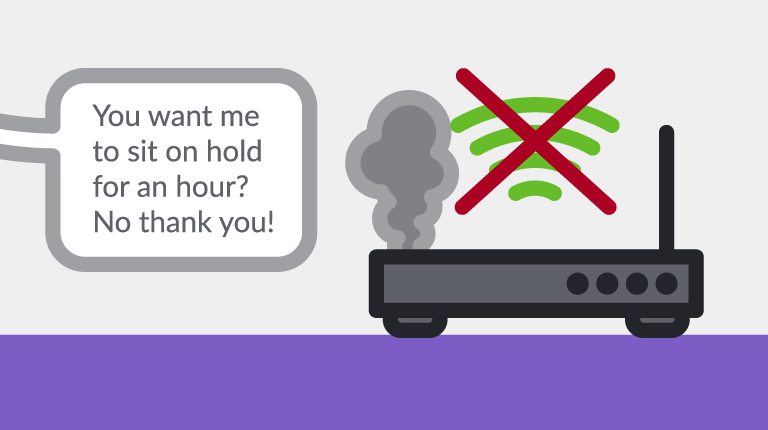In 2004, futurist Erwin Van Lun, CEO and founder of Chatbot.org, predicted that all Fortune 1000 Business-2-Consumer companies would employ speaking artificial characters in 2015, in order to automate their conversations with consumers in an interactive spoken dialogue.
Across its top 10 strategic technology trends for 2015, Gartner identified the advent of intelligence everywhere as a key theme and said, “the smart machine era will be the most disruptive in the history of IT.”
It is 2015, and I agree, there is no doubt that there will be an enormous increase in the use of artificial intelligence employed in all areas of service. Speech recognition technology will become even more sophisticated and be able to understand conversations from smart phone users calling from noisy environments and with various distinct language dialects.
I have always believed and still do that the human element in customer service will never disappear. But, I feel that AI, coupled with data and tailored messages based on specific customer information, can change even my views. It also depends on the industry and the type of information requested or issue that needs resolution.
I have no problem talking to a machine that sounds like a human, understands me without having to repeat myself and uses predictive data (another major trend) to handle my interaction in an efficient manner. The other day I listened to a demonstration of a new software company that incorporates AI with a human analyst to provide a higher degree of accuracy and therefore a less frustrating customer service experience. I was impressed. The call’s focus was making a hotel reservation for a major chain.
The interaction was interesting and compelling. In the sample recording a customer was reconfirming his stay at a hotel property where he had never been before. If the AI had that customer’s history and could tailor the conversation, it would have been perfect. If the automated voice had added, “I know this is the first time you are staying at our hotel and I hope you enjoy this location,” then the conversation would have been more personal. That would make the customer feel welcomed and their business appreciated.
I can understand that customers might not necessarily want to talk to a machine. But, if the transaction is smooth and thorough, the interaction can leave a positive impression.
I’m not a futurist, but with my experience in the customer service world I know that with so many communication channel options available, the result will be increased transactions. Just try to hook up your new smart TV with three remotes, 10 wires and multiple applications. Frustration is almost a given. You need help. With newer versions of Apple’s Siri and Amazon’s Echo, help will be a shout away. Just think of a scenario where if the AI doesn’t have an answer, it will automatically find a live agent to assist.
New technology should always be tested and retested. Using AI to serve your most valuable asset, your customers, must be examined piece by piece. Get your customers feedback on what’s working and what’s not. Fine-tune the experience using predictive responses to ensure a smoother and more customized interaction. But please don’t eliminate your call center filled with people who still have the greatest capability of listening to the customers’ underlying emotions and responding with a true human touch.




